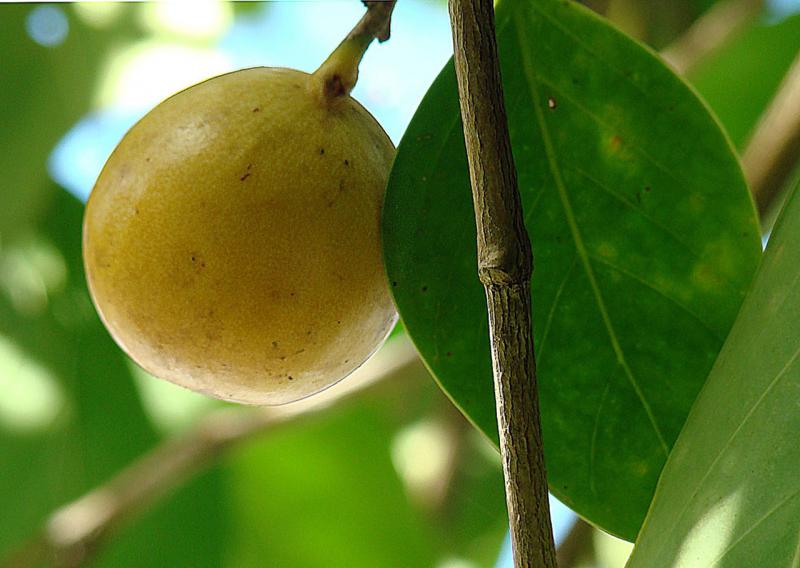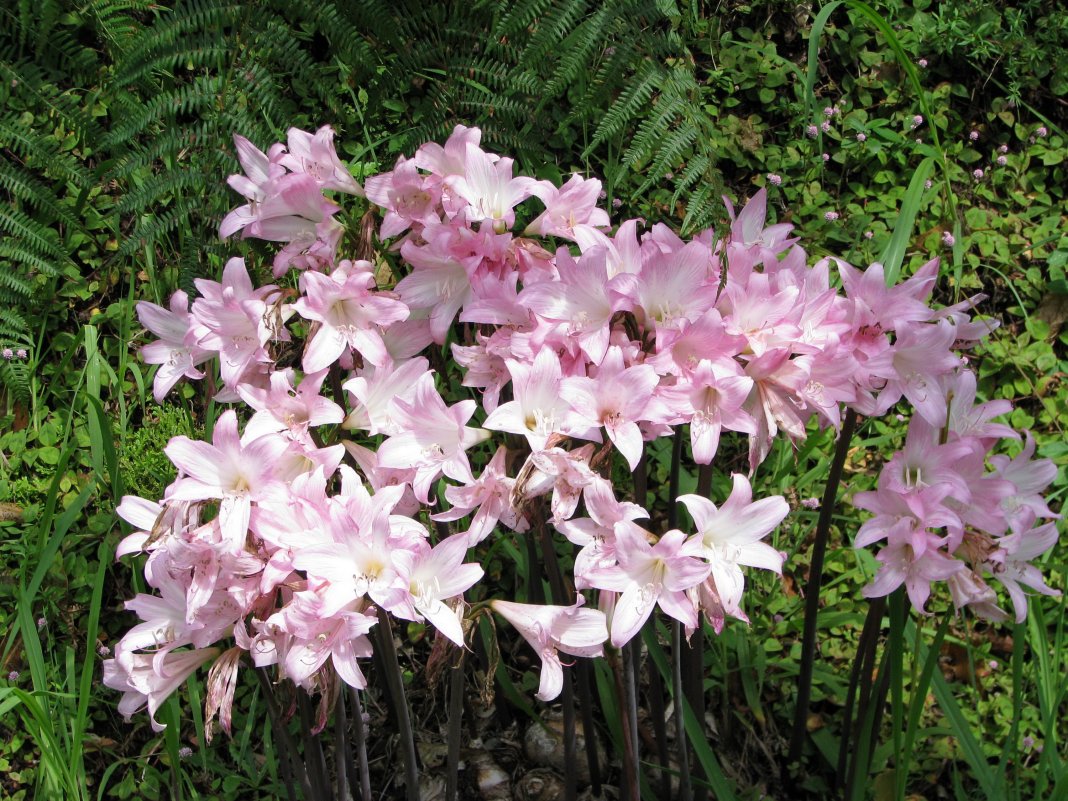There are potentially dangerous plants. Vigilance is necessary if there are small children, pets and adults with chronic respiratory diseases in the apartment. The problem will not be solved if you hide the flower high on the closet. Leaves fall from it, fruits or pollen fall. It's scary to imagine what would happen if a child's health was damaged. We suggest that you familiarize yourself with the list of dangerous plants in advance and get rid of the most insidious ones.
Adenium
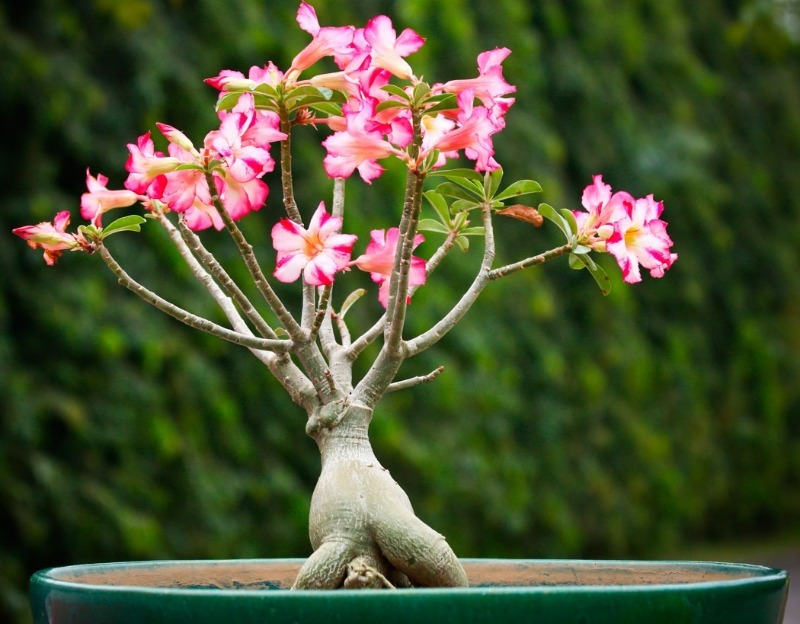
A pretty tree with a fleshy trunk, decorated with bright flowers. The second name is the desert rose. At home, the plant in Africa, the aborigines grease it with juice the tips of arrows to hunt wild animals. All parts of adenium are poisonous. It is recommended to work with it with gloves; during contact, you must not smoke and rub your eyes, since the juice penetrates into the mucous membranes and can cause poisoning.
Oleander
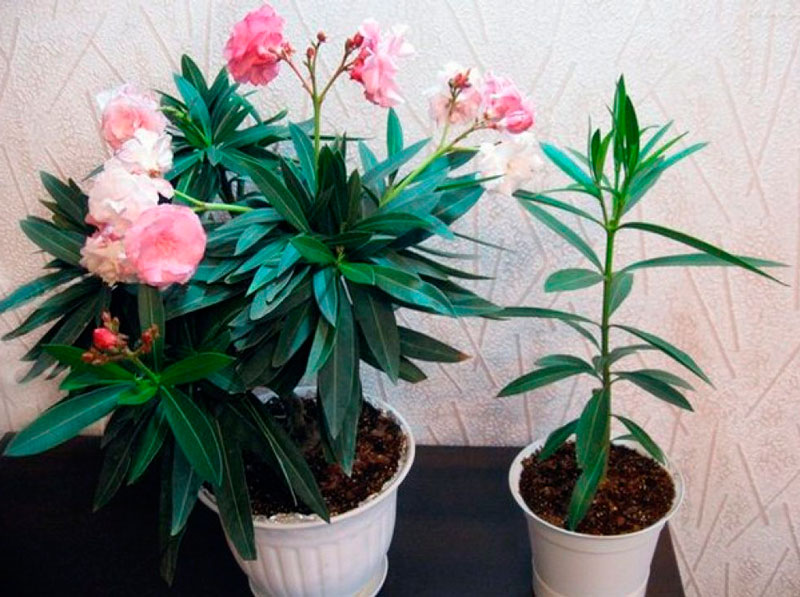
The beautifully flowering and unpretentious bush is popular in the Mediterranean. Keep the plant only in a well-ventilated area. You cannot put in the bedroom - it causes a headache. It is necessary to trim and transplant oleander strictly with gloves. It is dangerous even when dried. Along with its high toxicity, it has many healing properties that lure lovers of self-medication. Do not self-medicate - use is prohibited without special knowledge! Causes severe poisoning with convulsions, heart rhythm disturbances, and so on, up to coma and death.
Anthurium
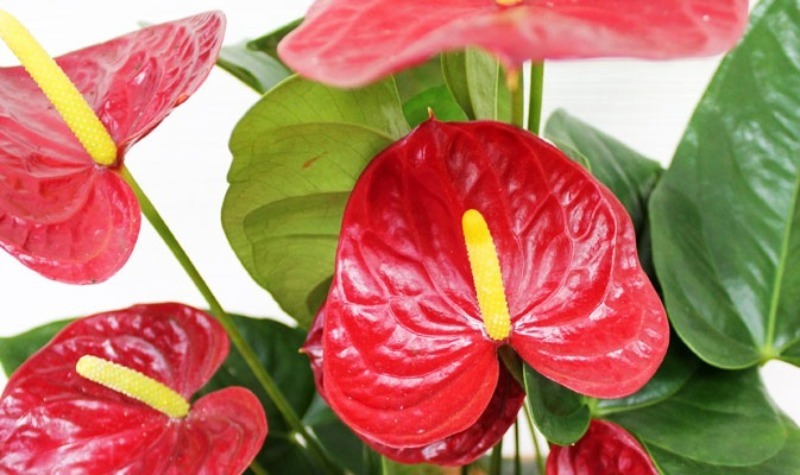
The juice of the plant, symbolizing male happiness, contains oxalic acid salts, oxalates, which affect mucous membranes and skin. Irritation and ulcers may occur on the damaged surface upon contact with the plant. Once in the oral cavity, it causes severe burns and swelling of the larynx. Anthurium is safe for the respiratory system, but in a state of flowering, it is harmful to allergy sufferers.
Dieffenbachia
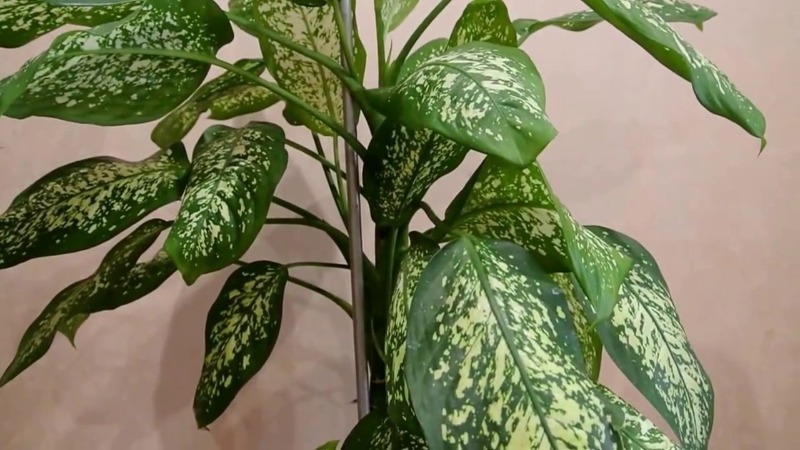
Dieffenbachia's milky juice contains needle crystals and alkaloids. Once on the skin or mucous membranes, it causes swelling and ulceration, if it gets into the eyes, it provokes temporary blindness. For an adult, the plant is not deadly, but for pets, contact with dieffenbachia can cost lives.
Plumeria
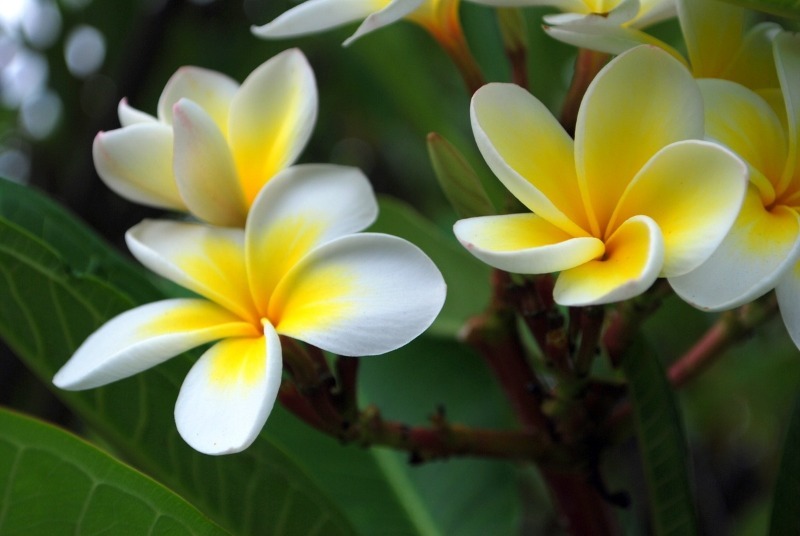
The milky sap of the plant is also dangerous. Precautions - gloves.
Poinsettia
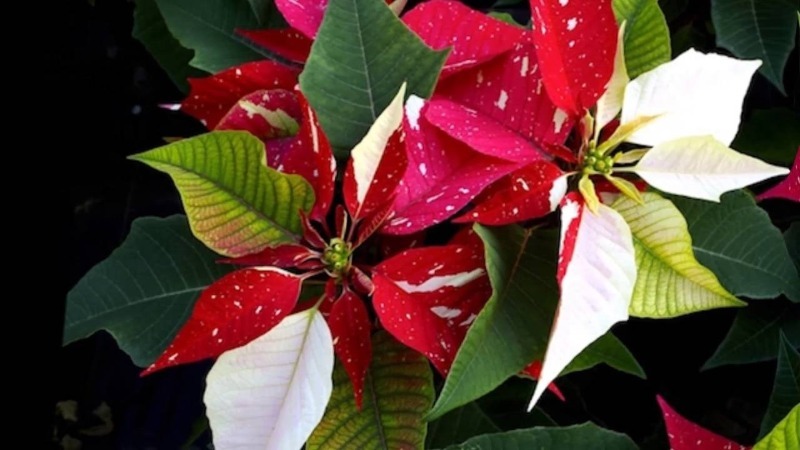
All the same milky juice, danger to the skin and mucous membranes and the risk of contact with the eyes, leading to vision problems.
Ivy
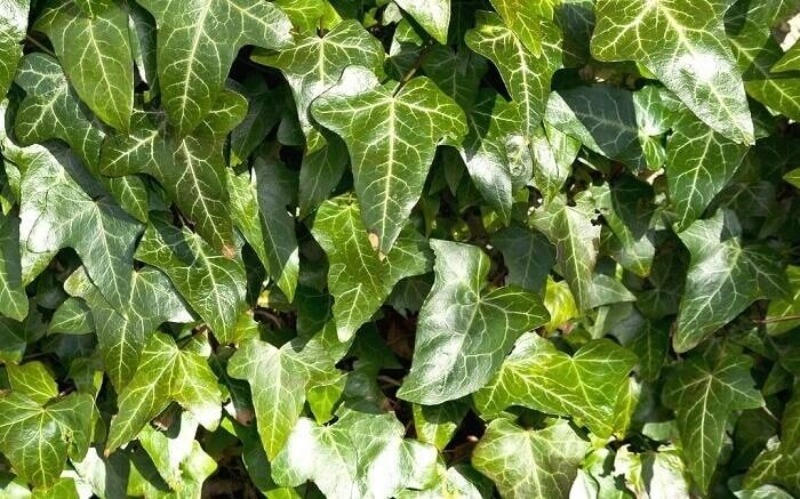
Ivy is more complicated. For many, its ability to purify the air is attractive. Effective against harmful bacteria and fungi. But! Dangerous for pets, especially rodents. Causes increased salivation, swelling of the oral cavity, larynx, shortness of breath. In severe cases, renal failure and death.
Amaryllis belladonna

Or amaryllis is a beauty. The danger lurks in the bulb - very similar to the common onion. Confused - you will get health problems in the form of depression, seizures and paralysis. Stomach pain and diarrhea are just the tip of the iceberg.
Spurge
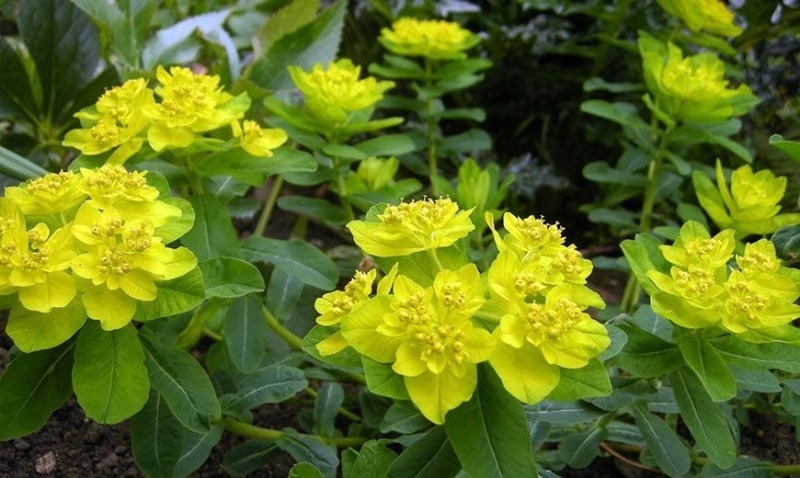
Milk also contains poisonous juice. One thing is a medicine with an extract of nutrients, another is a potentially dangerous plant on your windowsill.
Azalea
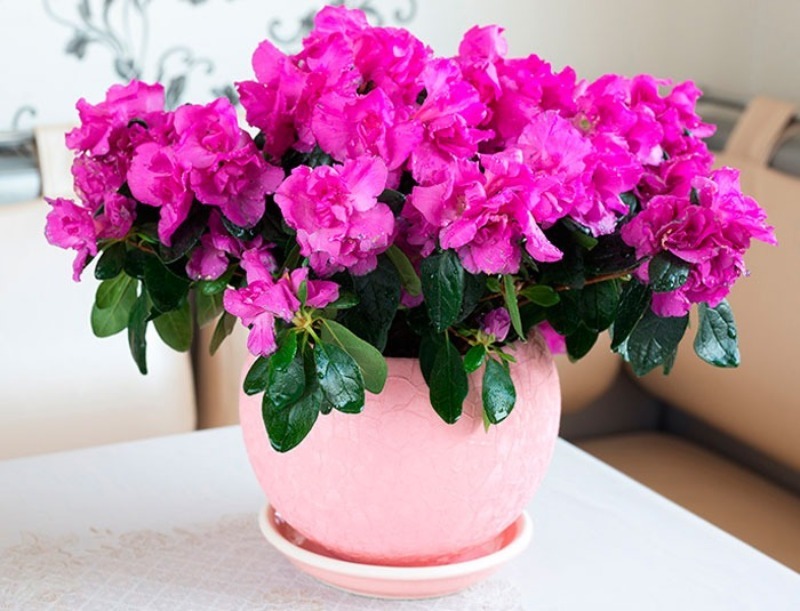
Another insidious beauty. Sleeping with her in the same room is fraught with headaches.As you already understood, tasting the leaves is not worth it - it is dangerous. Azalea essential oils cause poisoning even in bees. Honey, respectively, is also not ice.
So, to arrange a miniature botanical garden in your apartment or not is your personal decision. But you must remember about the responsibility to the household. To protect your loved ones and pets is your first task.
